|
Details:
Sunday PM - Urban Change & Evidence of Gentrification IB DP & IGCSE (single opter) Geographers
Evening meal then activities. Monday IB DP & IGCSE (single opter) Geographers AM - Berlin Settlement Patterns - Modeling it. Walk down to the Spree and then along to Berliner Stadt-Modelle - Senate Department for Urban Development and Housing http://www.stadtentwicklung.berlin.de/planen/stadtmodelle/en/ausstellung.shtml Spend up to 1 hour in the museum completing background tasks and with talk from planning officer. Then walk to U Märkisches Museum and taking U2 to U Nollendorfplatz before changing for the U1 and exiting at U Uhlandstr. PM - History of Berlin Museum and Bunker Tour
Once the tour of the museum is over, the students to tour the underground bunker a short walk from the museum. This was the reality of Cold War Berlin! PM - The Wall 360°
Evening meal then activities. Tuesday - Fieldwork & Data Collection IBDP & all IGCSE Geography students (31 in total) This piece of work will be based around the itinerary offered by Insider Tours and will be run by Nikolai (excellent, knowledgeable guide). Survey Types 1. Adjective Pair Survey 2. Index of Services & Amenities 3. Index of Residential Decay 4. Perception Survey 5. Environmental Survey 6. Conflict Matrix Stage 1 - Meet at AM - Meet at Hackescher Market, next to the metro station. This is an excellent location to start the study and would allow students to complete on of their first surveys of the areas. There has been clear gentrification of the area since 1989 with old railway arches being turned into trendy bars, chains food stores with only one original German beer bar.
Stage 2 - Cross the road and head up to the two contrasting courtyards.
Students could complete comparative surveys on perception and security in both places. Further explanation as to the 75 year laws preventing gentrification and preserving owner rights (in the second courtyard) would be required here. Particular note should be taken of the graffiti in particular the anti globalization & any spying artwork that adorns many of the walls. There is an excellent alternative bar at the rear of the courtyard that would make an excellent focus for the surveys.
TRAM RIDE
Stage 3 -Schonhauser Allee - Gentrification centre of Berlin
In this area, prices of property have spiraled out of control to some extent in the past 10 years. Many people have moved in particularly from Stuttgart where property prices are high & those who have footloose jobs are able to work from Berlin whilst enjoying the culture and activities that the city brings. Many traditional residents are still around, noticeably in the apartment block above. This has never been modernised but landlords are able to use property laws in particular "modernisation of apartment" or "aesthetic laws" to carry out work, before hiking up the prices and forcing those people out. The example above shows a block of apartments that has been modernised (green) but the one next door which is in quite a state of decay despite it being right in the centre of this now desirable neighbourhood.
Students to carry out a number of surveys here, comparing both buildings & amenity surveys/property price etc. Note that this is the home area of Rammstein - an industrial metal and now world famous music group. There might be some research to be done beforehand on their early videoes & lyrics particularly linking in with this neighbourhood and that the fact that to some extent, their music has been 'gentrified' too as their international fan base has increased. Stage 4 - Walk along Schonhauser Allee before turning left into the former Kulturbrauerei.
Old brewery complex that has now been repurposed as an entertainments complex with Dance studios, bars etc. This is an example of a scheme that has been brought about by foreign investment, in the case from Iceland, but many other projects in the area have been funded by Swedish & Norwegian companies too. There is some growing resentment to these 'foreign' owned speculators but Berlin council still has overall control as to who buys what & where and therefore to some extent some 'blame' as far as the far left see it.
Excellent area for surveys, photography and land use survey (will need plan of the site with each building present for identification purposes).
Stage 5 - Walk out of the brewery complex and onto Danzinger Strasse. Here is a long and wide artery road where as Nikolei terms it 'yummy mummies and yummy daddies' hang out. It's a very hip and trendy area with cool bars, world food outlets, very specialist shops and a mixture of childrens toy shops. Perception survey possible on 100 metre stretch of this road but could also be knocked off the itinerary if we are pressed for time. Interesting to note that Google Streetview hasn't been completed on most of Berlin since 2008. Therefore using this evidence or simply to time slide facility, students could use this to see the development of the area over the last 10 years. Think about producing laminated image sheets before setting off.
Stage 6 - Long tram ride along Danzinger Strasse, past Frankfurter Tor and to the bombed out buildings on Revaler Strasse. The area is called Urban Spree and has its own website - http://www.urbanspree.com or @Urban_Spree. This is a very edgy part of the tour where students are able to see space that has not been developed commercially but has simply been left to the use of a particular demographic. The complex (note the difference between the Brewery & here) includes a 'hipster' swimming pool, concert venues, bars and open air party venues. This would be excellent for the majority of the perception surveys, decay index etc. Students will need 30 minutes or so to explore the area.
Lunch Break Opportunity here - Excellent Middle East restaurant just at the exit to the complex. Allow 45 minutes to eat & drink. Food menus available for less than €5.00 including a drink. Link here to reviews & menu - https://www.yelp.com/biz/haroun-al-rachid-berlin
Stage 7 - Newly constructed (and still under major construction) entertainments complex. This includes the Mercedes Benz. Stop on the corner of Helsingforser Strasse / Warschauer Strasse. Huge amount of renewal of the old industrial river side area / railway sheds to create the Mercedes Benz concert arena. Zoning of clubs, concert venue, restaurants & also the biggest Gay area of Berlin too with a thriving scene (note comparison to Sitges).
Conflict Matrix could be carried out here as well as a comparison of current level of development v's historical images taken from Google Streetview below (2008) and time slider.
Stage 8 - Turkish Quarter - Take the tram along from Warschauer Strasse (crossing into the East of Berlin) station to Kottbusser Tor station (5 minutes). Note to look to the right to see the East Side Gallery (1.2 km original section of the Berlin Wall). Descend from the station and take a tour through the Turkish market (entrance way shown below on the Google Streetview)
There are currently 500,000 Berliners of Turkish descent making it the highest diaspora population outside of Turkey and the highest in Germany. However, many of the diaspora identify themselves as Kurdish. There have been many years of criticisms from within Germany about the immigration issues and even Merkel has suggested that the diaspora are still not fully integrated. The reasons for this are that many Turks are eligible for naturalisation in Germany however, dual nationality is not permitted. They are second, third and fourth generation, born and bred in the country. However, many also own property in Turkey and use these properties as a base when they return to visit families but also rent out to make money. Strict Turkish laws impede the ownership of property by foreign nationals and so many are reluctant to give up their Turkish passports for German ones as this additional source of income could be put in jeopardy. Interesting to note the impact of the recent Ergodan vote and why he was so keen to host political rallies in the city to push through his new legislation. Also worth noting the satellite dish effect as many of the residents have access to Turkish television through huge satellites fixed to the side of the tenement housing in the area. There has been a diffusion of language that has taken place due to the popular hip hop scene that is dominated by Turkish origin singers. New phrases & word combinations have grown from this and interesting to note the comparisons with N.W.A in the USA & N.T.M in France too. Also, the Turkish that is spoken in Berlin is a fairly antiquated version that was more widely spoken in Turkey in the 1950's. This is some cause for amusement back in Turkey when the German Turks return to their homeland on first pilgrimage etc. Interesting cultural diffusion facets to note although would need German speaker to explain further.
Finish & Walk back to Turkish Market
From this point, we can walk back down Admiralstrasse, across the bridge over the landwehr Canal and down one of the only streets in Berlin (Planufer) to survive the bombardment of WW2. This is a great finish to the walk and gives students an idea of what an affluent neighbourhood of the western Berlin would have looked like originally.
0 Comments
|
AuthorAuthor of geographypods.com. Archives
May 2018
Categories
All
|


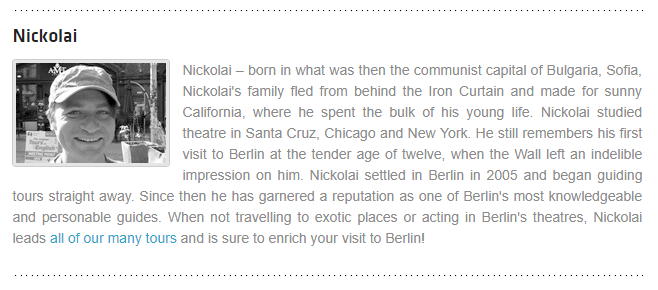
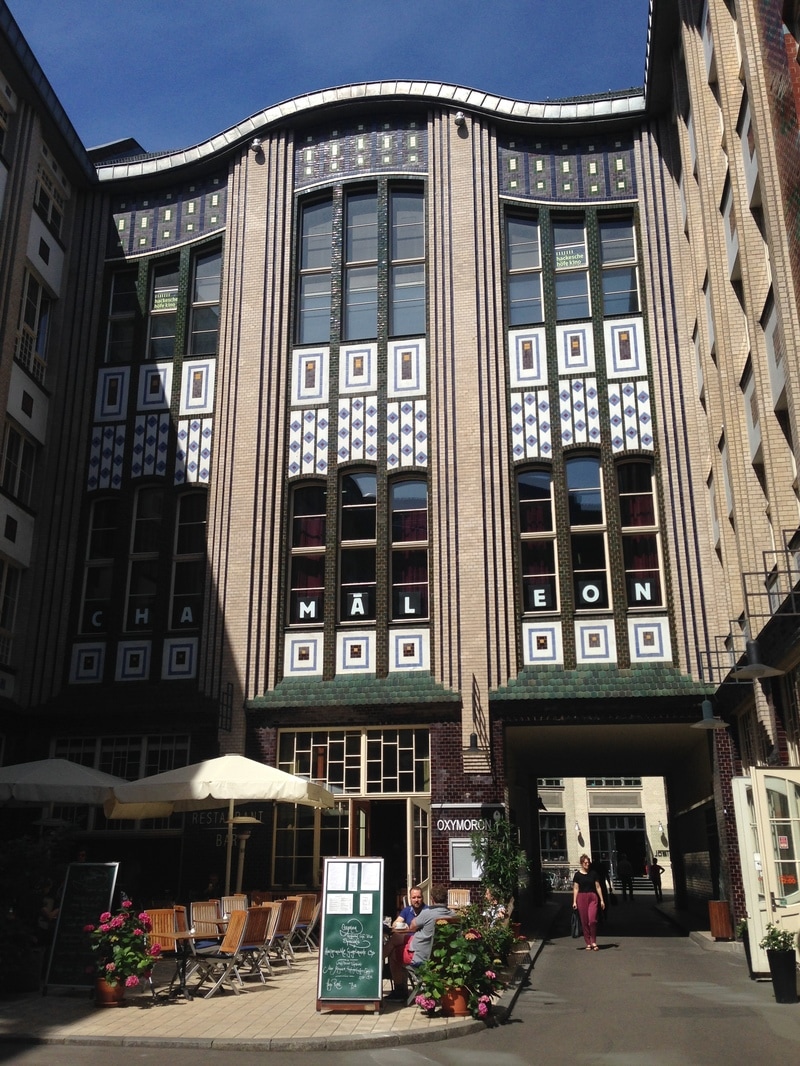
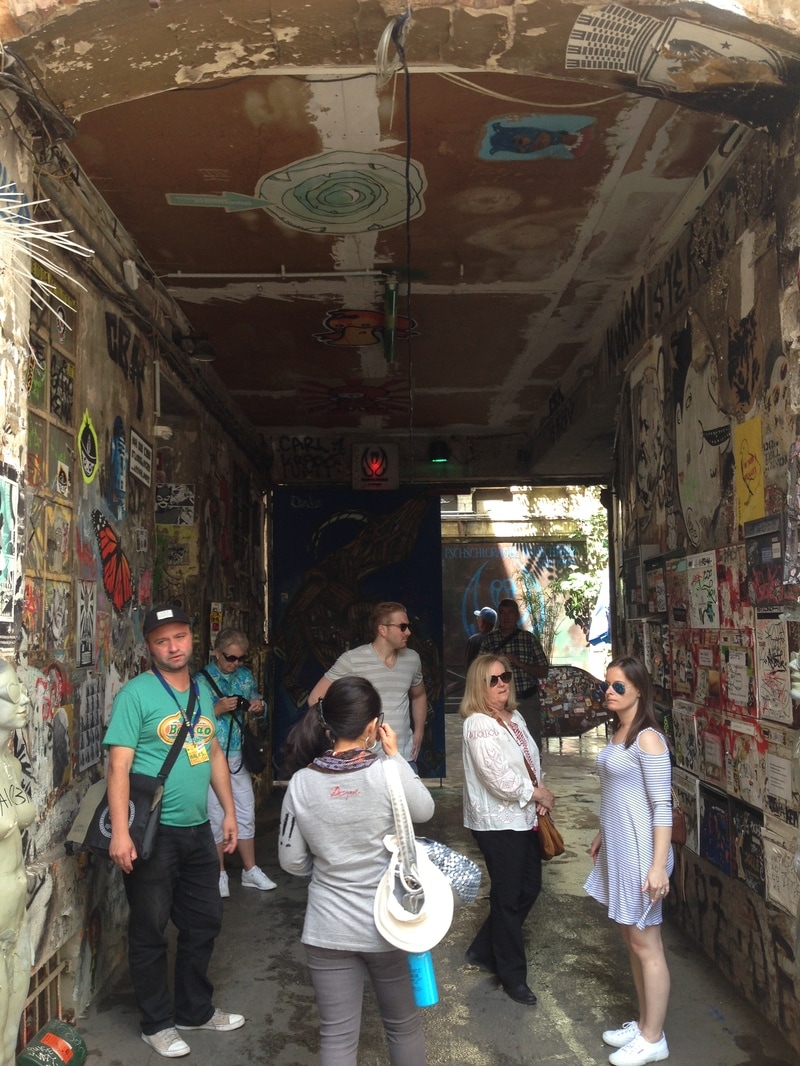
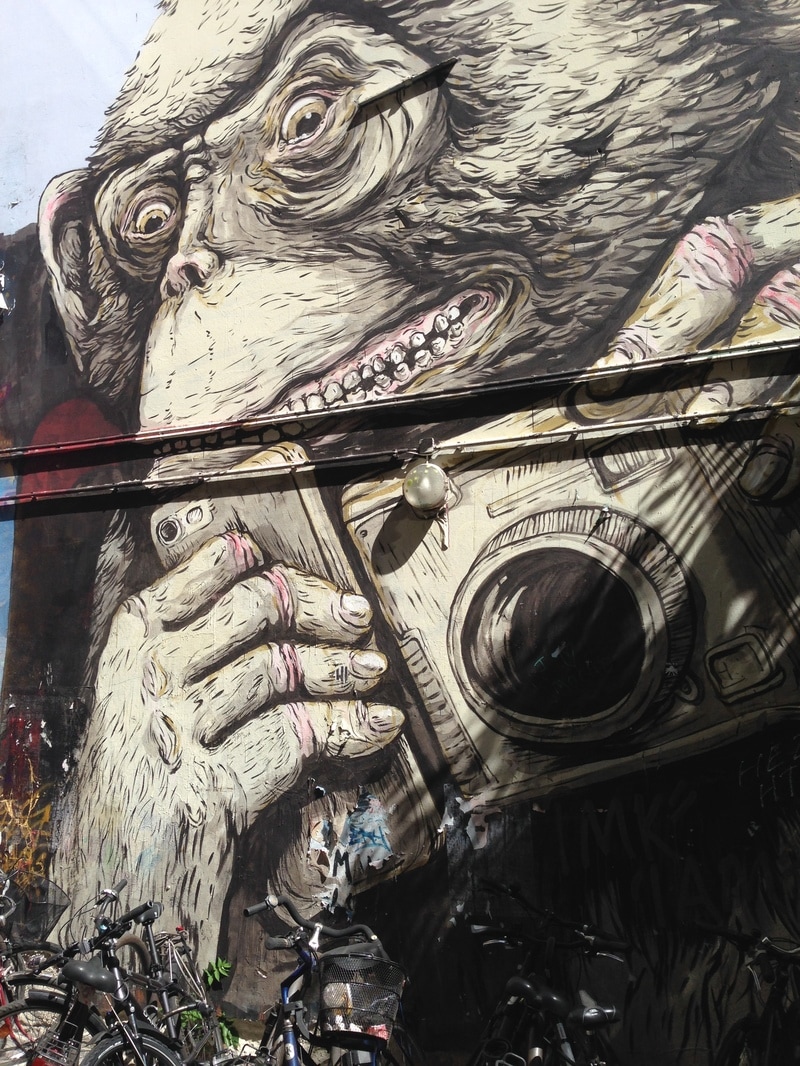
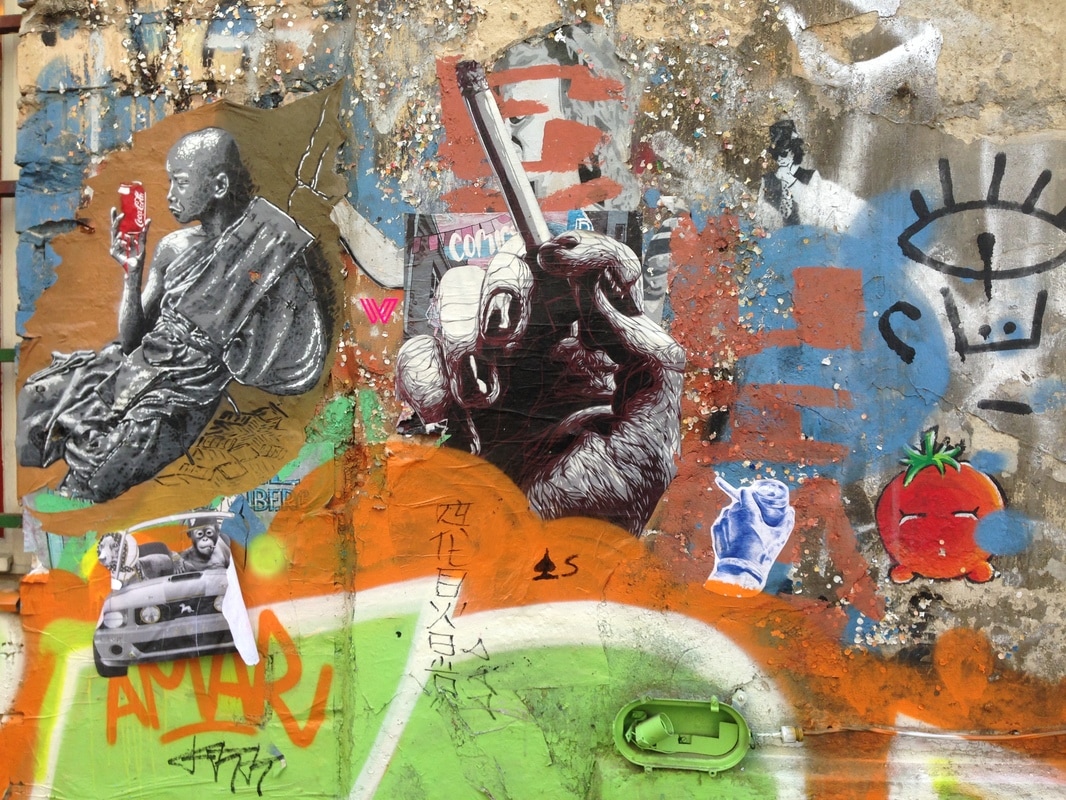
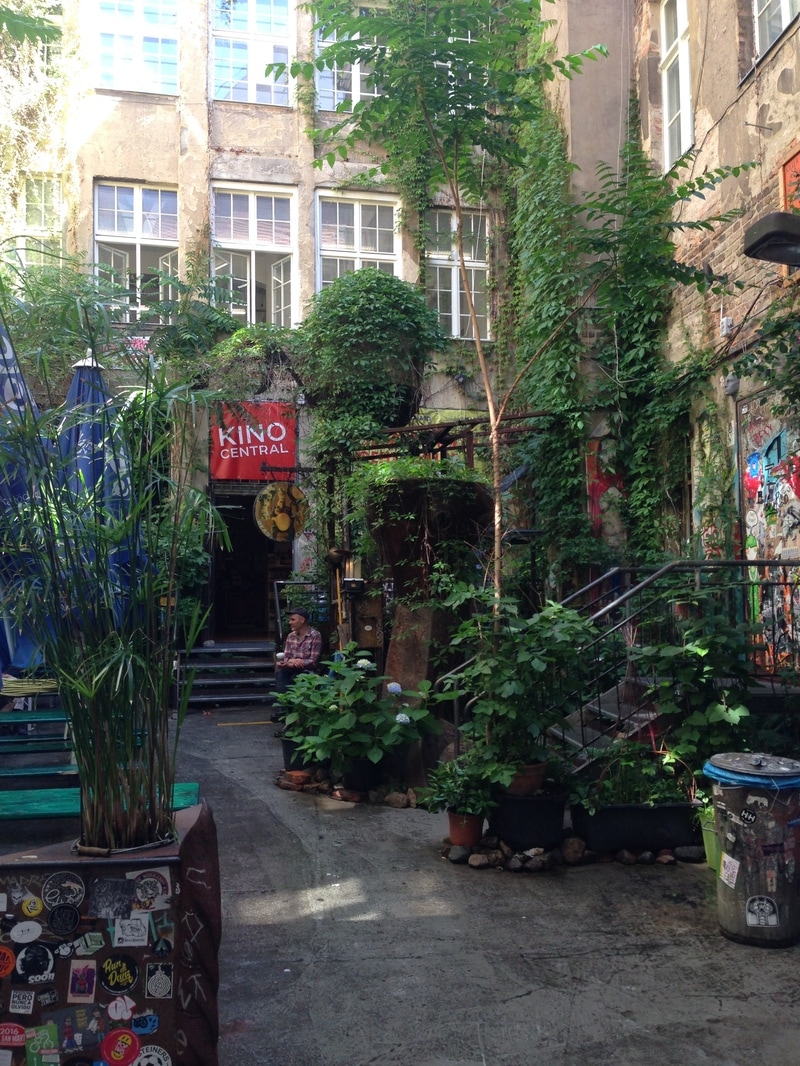
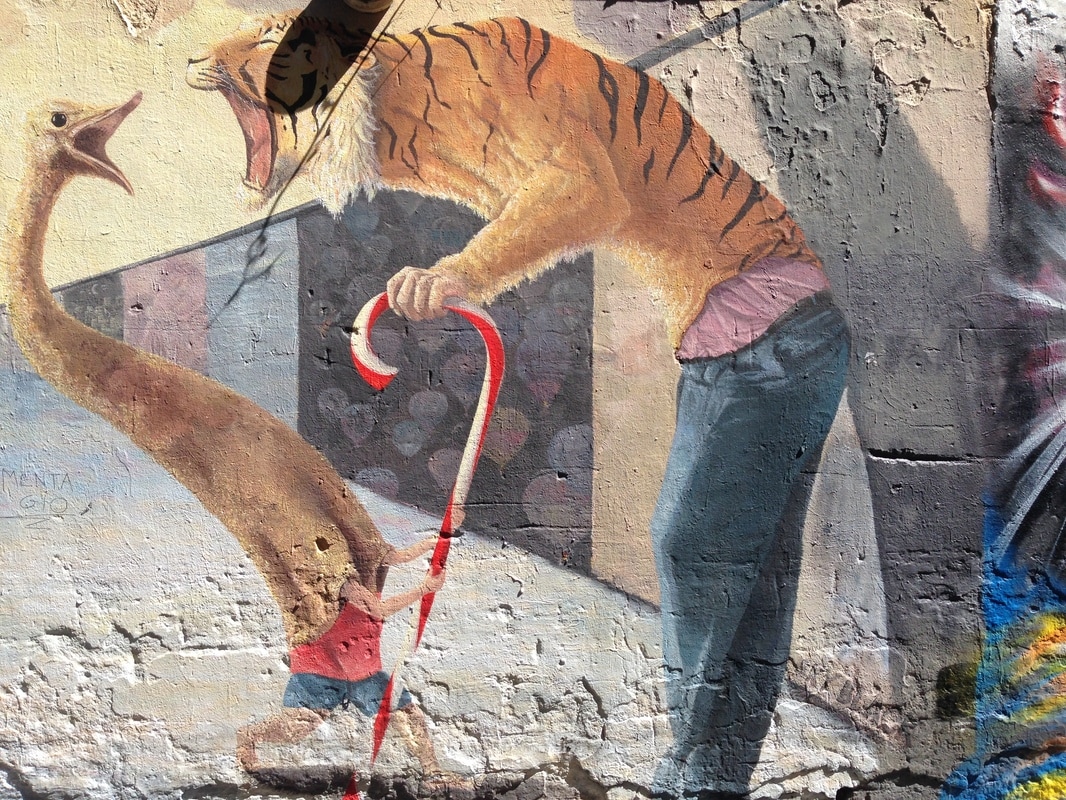
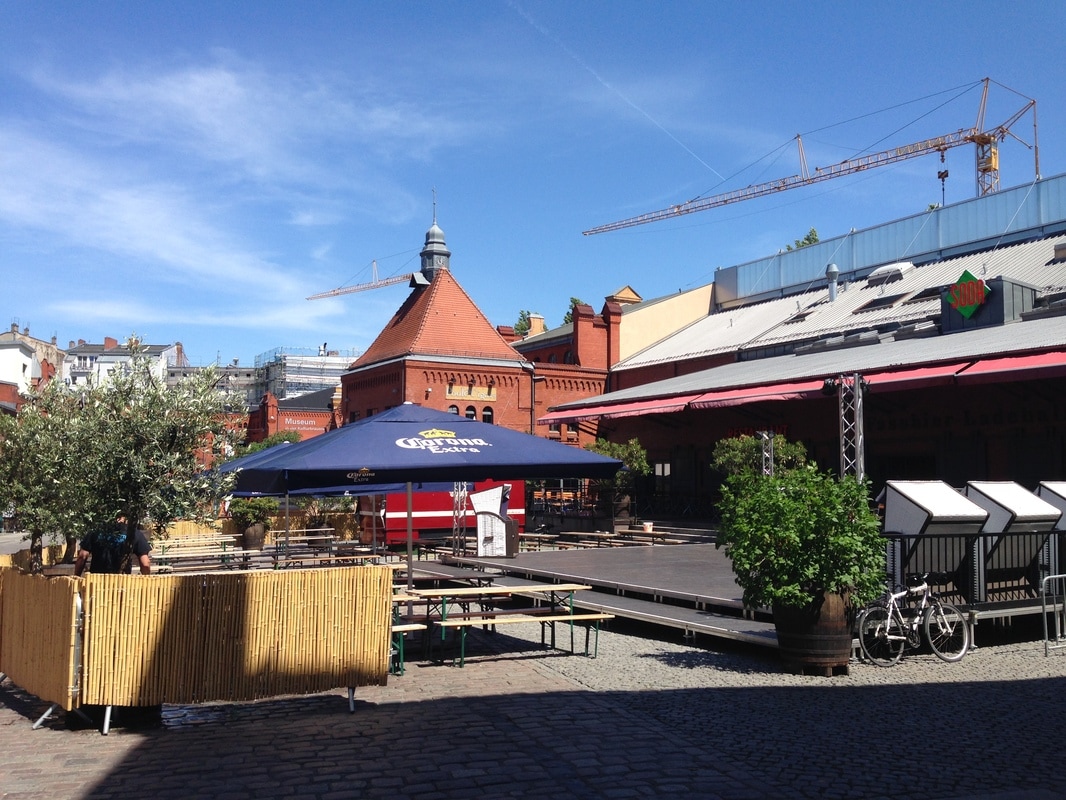
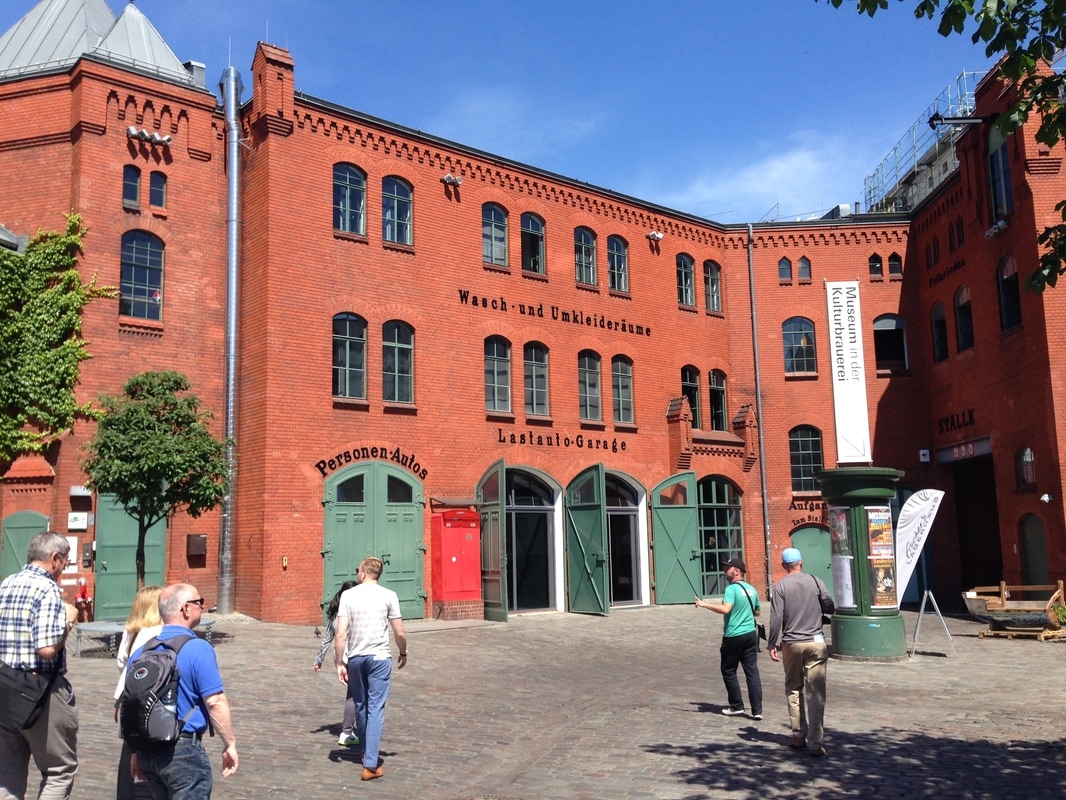
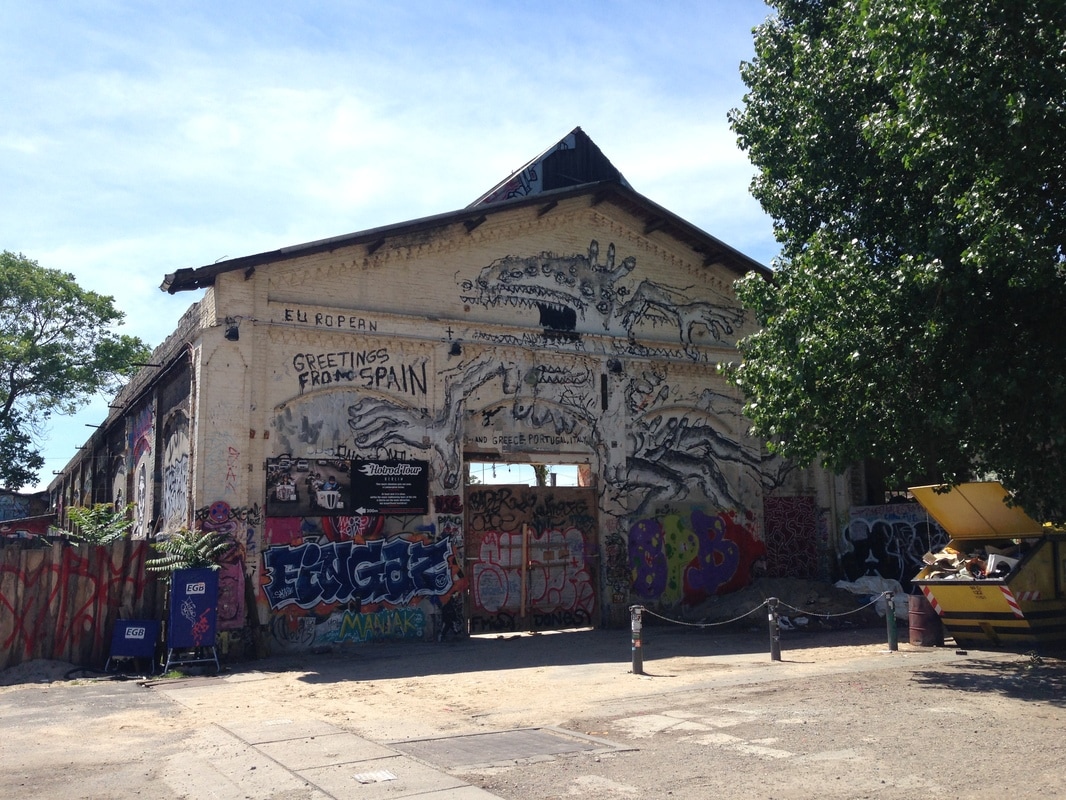
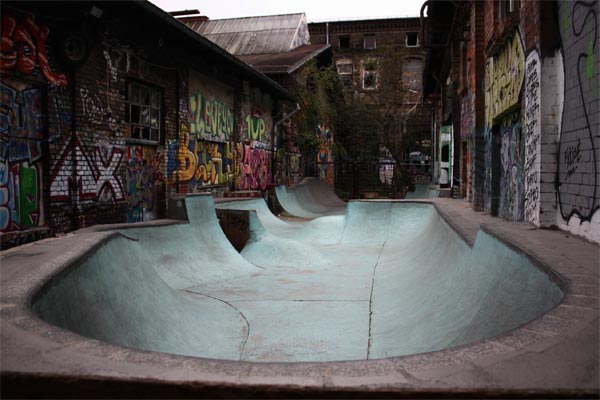
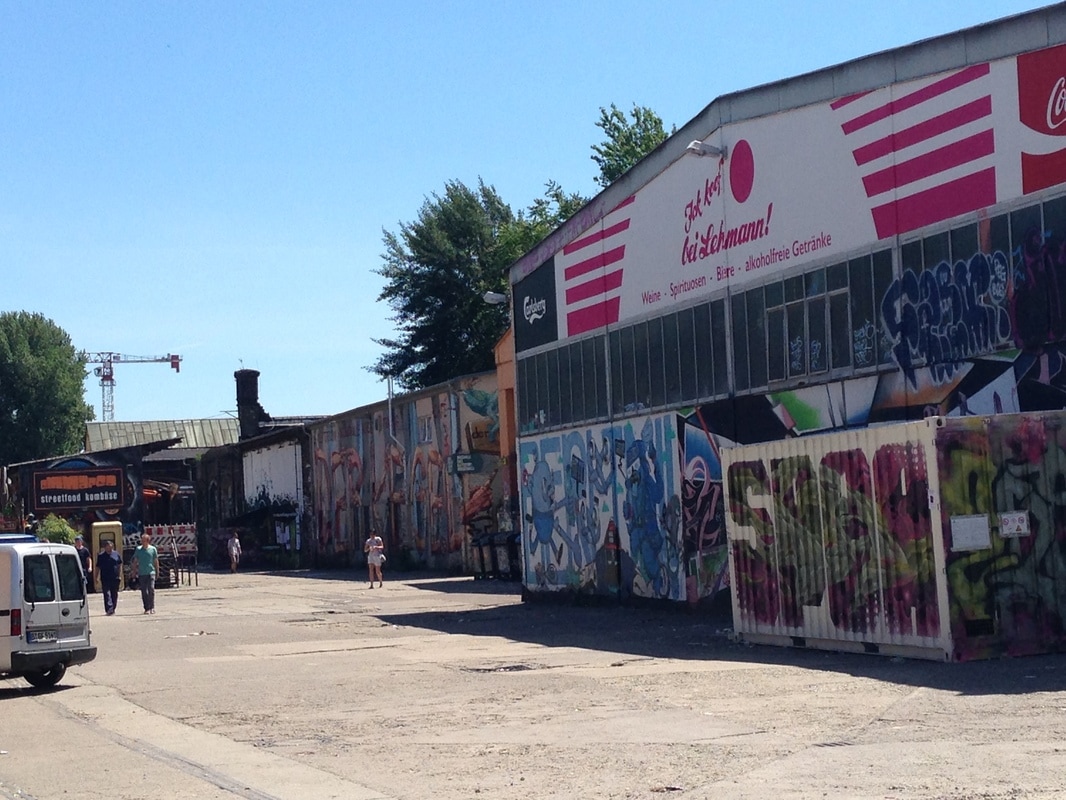
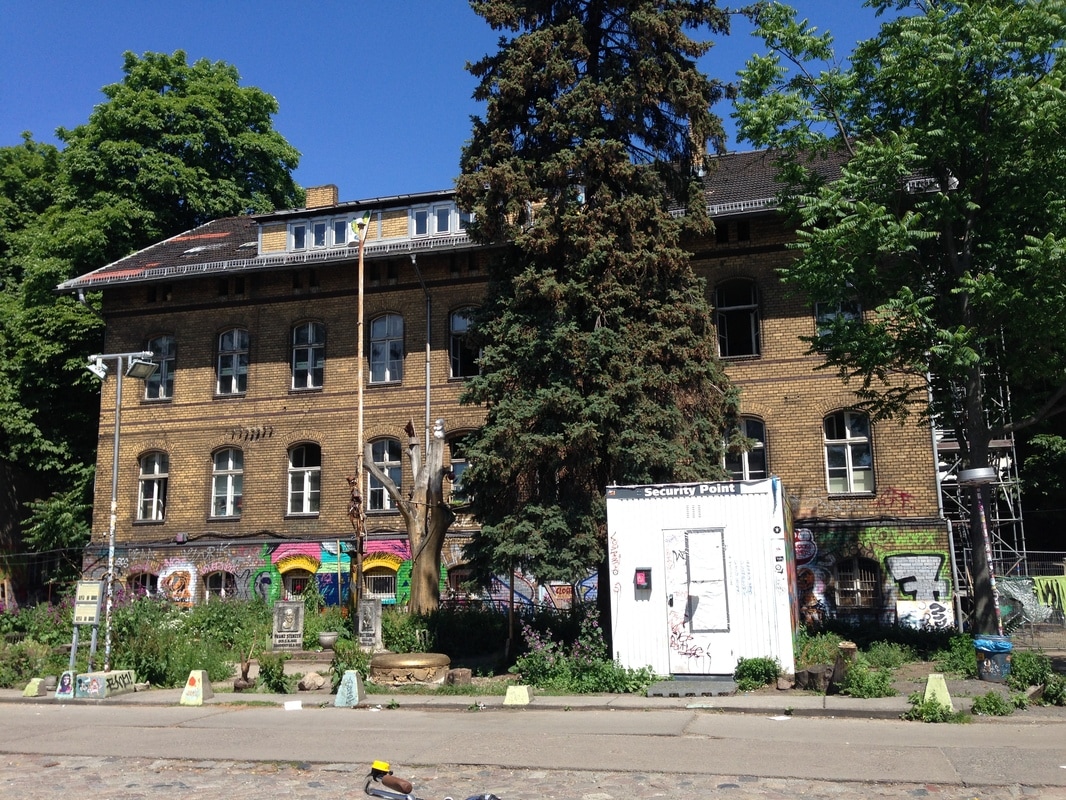
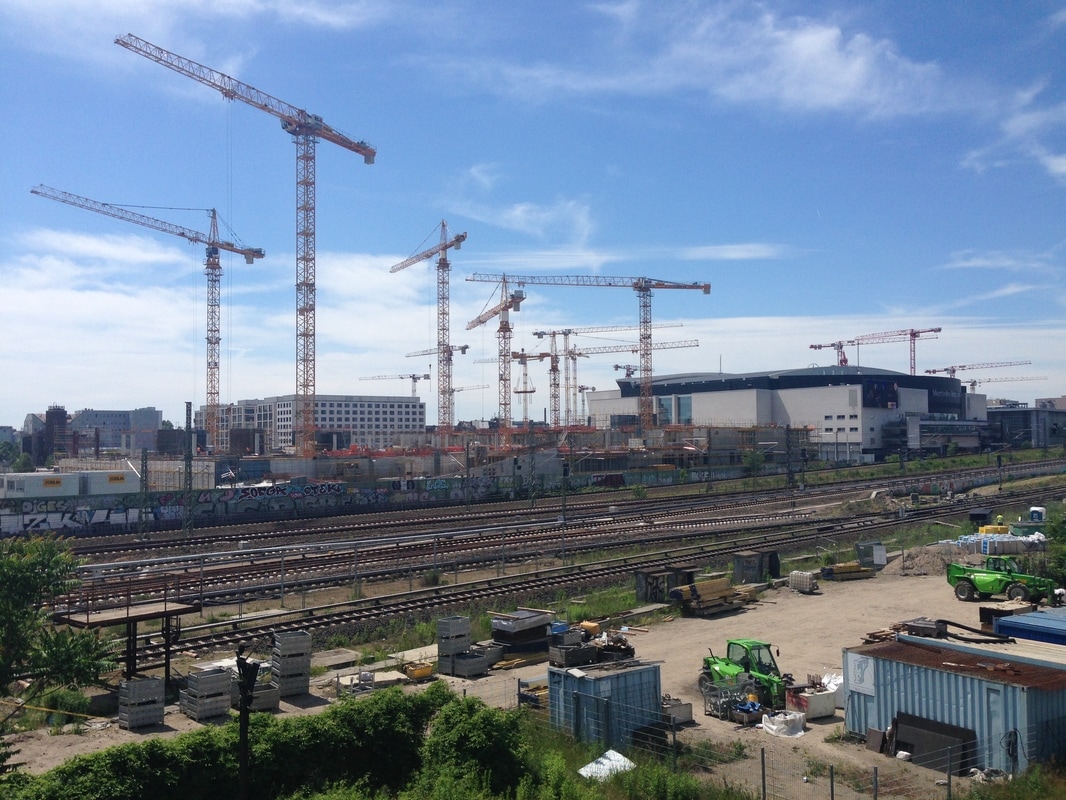
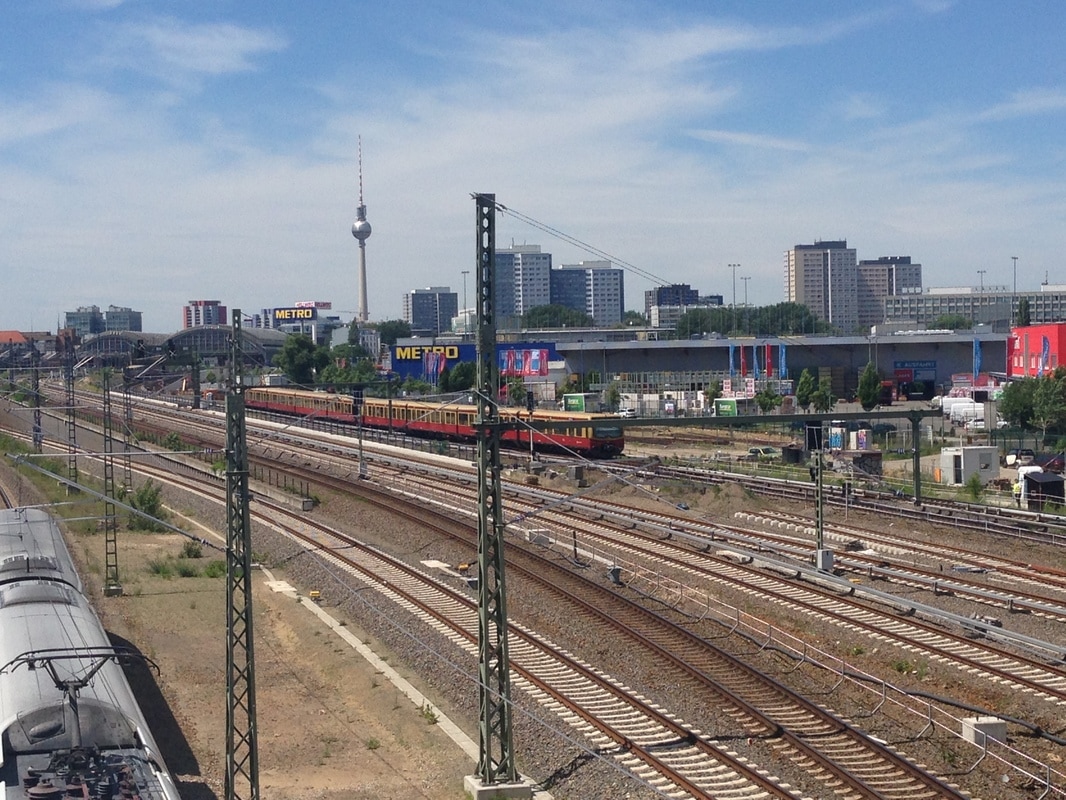
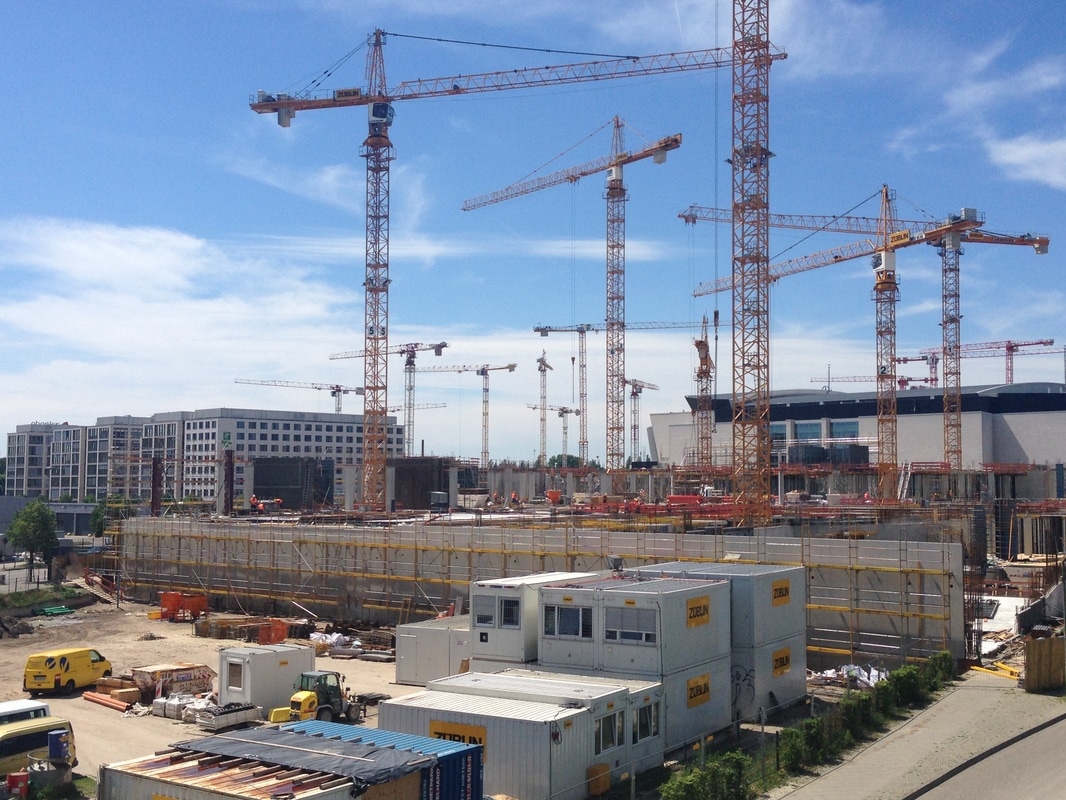
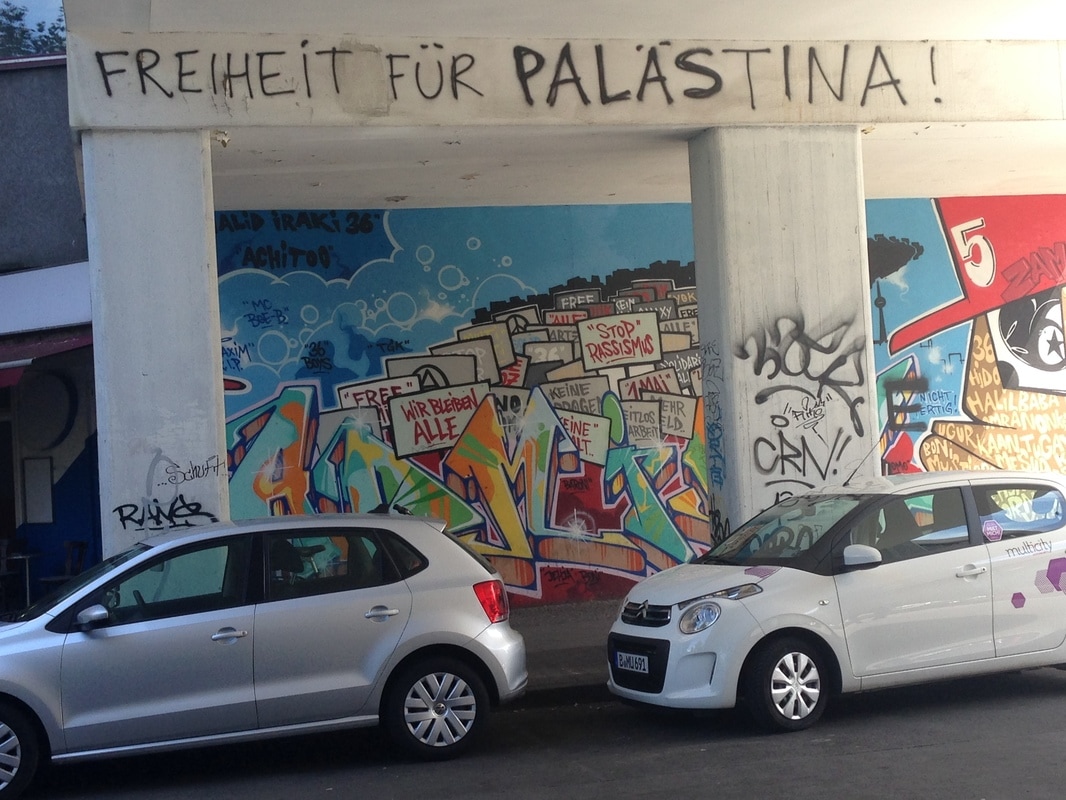
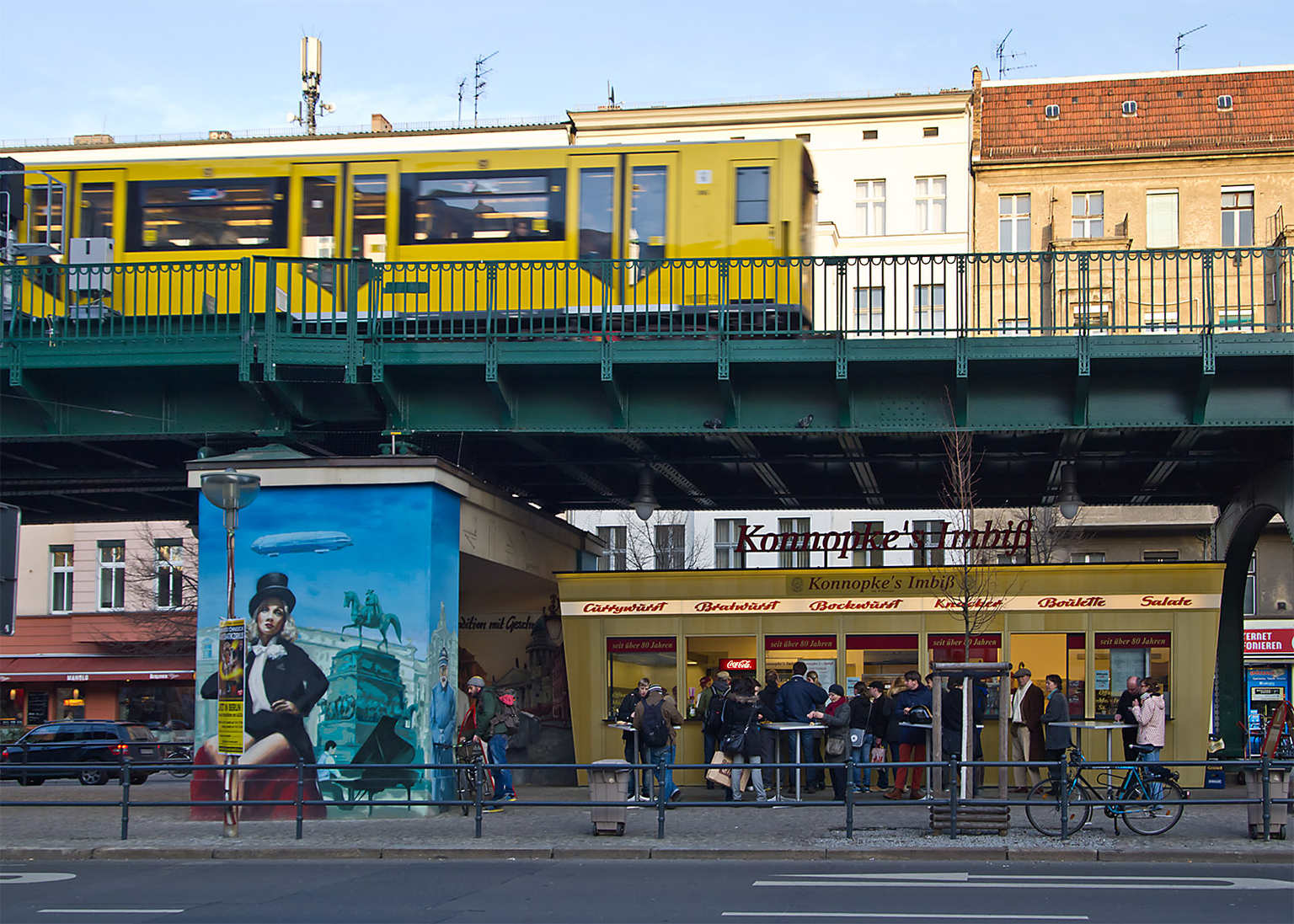
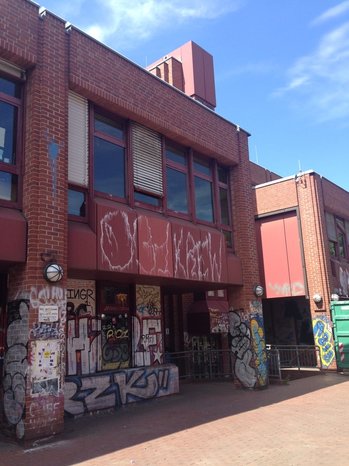
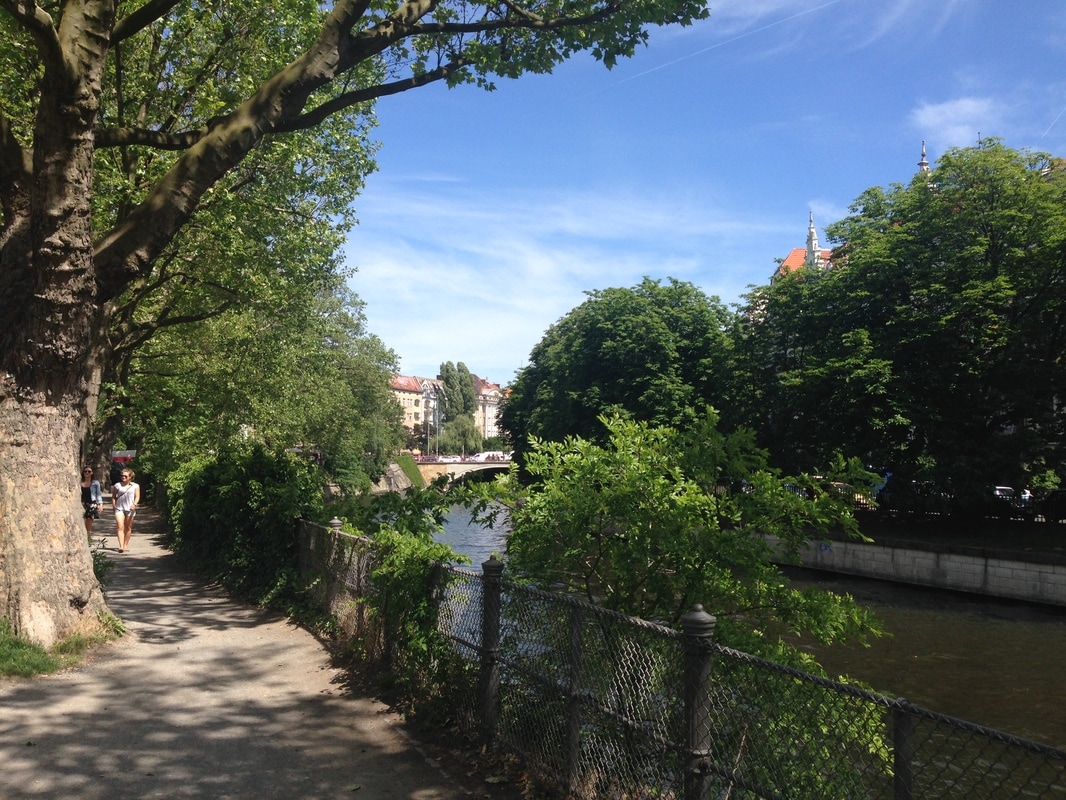
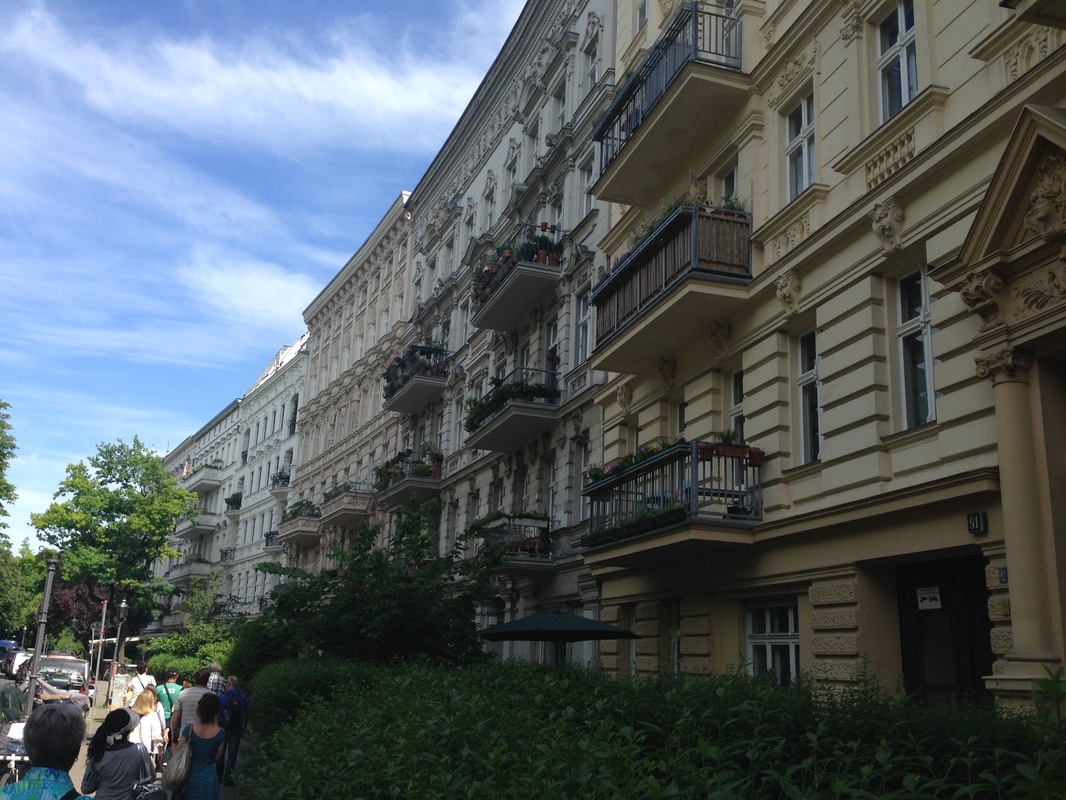
 RSS Feed
RSS Feed

